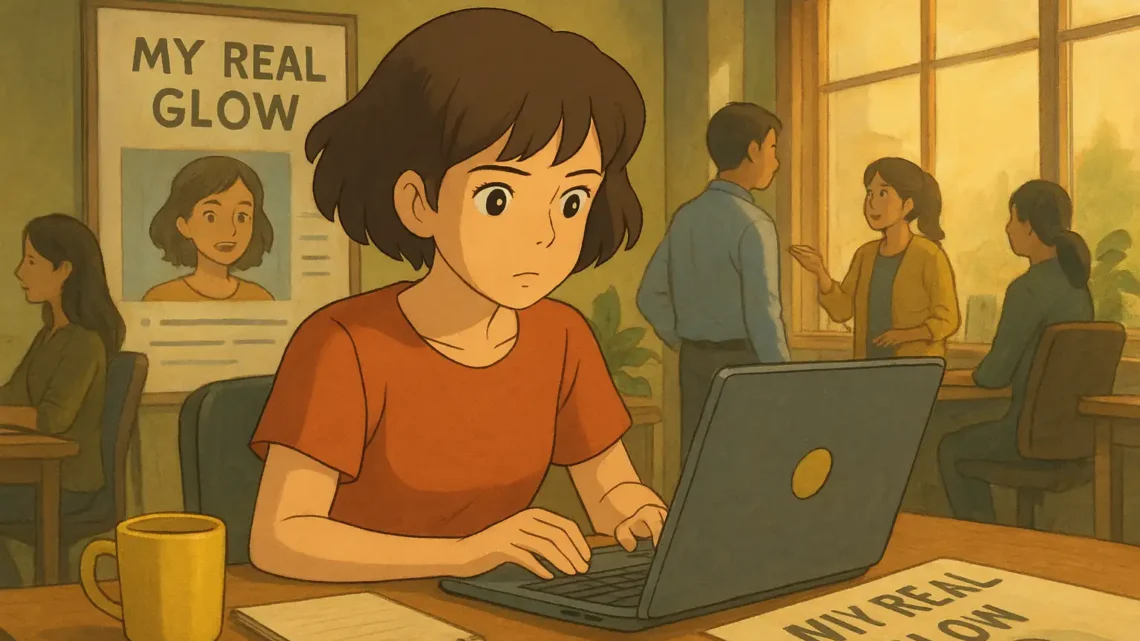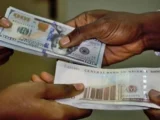
Marketing taught me how to sell stories. But losing my job taught me how to own mine
Two weeks ago, I was sitting in my office in Lekki, staring at a blinking cursor on a blank Google Doc.
- Deadline: 24 hours.
- Task: create a marketing campaign that could save a dying brand.
The company—a skincare startup called GlowMuse—was bleeding money faster than we could track.
Trending Now!!:
Our last influencer campaign flopped. Engagement dropped. Investors were restless. I was the marketing lead, and if this one failed, I’d probably lose my job.
That morning, my team group chat was chaos.
Tife (content lead): “Bro, should we pivot to TikTok UGC?”
Me: “We’ve tried that.”
Tife: “Then maybe a micro-influencer giveaway?”
Me: “Everyone does that. We need something real… something human.”
I leaned back, took a sip of cold coffee, and said to myself,
“Marketing isn’t about selling a product. It’s about selling a story.”
And that’s when the idea hit me.
I proposed a campaign called #MyRealGlow — encouraging women to post unfiltered photos of their skin journeys, with stories about self-acceptance. No filters. No perfect lighting. Just truth.
It wasn’t just marketing—it was emotional storytelling.
My boss, a 40-something investor type named Mr. Adigun, wasn’t convinced.
“Are you sure Gen Z wants to see acne and blemishes on their feed?” he asked, half-laughing.
“That’s exactly what they want,” I replied. “Authenticity sells now, not perfection.”
He sighed, leaned back in his chair, and said,
“You’ve got 72 hours. Make it work—or it’s your last campaign.”
Challenge accepted.
I barely slept that weekend. I wrote copy that spoke like a best friend, not a brand.
We shot real women—not models—under natural light.
“We’re not selling skincare,” I told the team, “we’re selling confidence.”
Tife built the landing page with a bold headline:
“Your Skin Tells a Story. Let’s Hear Yours.”
We ran targeted ads focusing on emotional connection, user-generated content, and personal branding.
By Monday, the hashtag started trending.
By Tuesday, influencers picked it up organically.
By Wednesday, we hit 1.2 million impressions and doubled our sales.
I remember sitting in the office watching the analytics dashboard climb like Bitcoin in 2020.
The dopamine rush was unreal.
“We did it!” Tife shouted. “We actually flipped the narrative!”
We were heroes. At least, I thought we were.
A week later, I got called into Adigun’s office.
He was smiling—but not the good kind of smile.
“You’ve done great work,” he said slowly.
“But we’re restructuring. The board wants to move forward with a new creative lead.”
I froze.
“Wait… you’re firing me?”
“Not firing,” he said. “Just… replacing.”
I looked down at the campaign report on his desk. My name was gone from the credits.
In its place: Adigun, Chief Creative Officer.
“You used my idea,” I whispered.
“It’s the company’s idea now,” he replied coldly.
I left the office without saying a word. I didn’t even take my coffee mug—the one that said “Marketing is storytelling.”
That night, as I walked home through the neon-lit streets of Lagos, my phone buzzed with notifications.
Brands were reaching out, PR agencies wanted collabs, and one DM caught my eye:
“Hey, love your campaign for #MyRealGlow. Can we hire you as a marketing consultant?”
It was from a major fashion startup in London.
I laughed—part disbelief, part revenge.
That’s when I realized something every young marketer, creative, or entrepreneur should know:
You can lose your job. But you can’t lose your skill.
I started freelancing full-time. Built my personal brand around authentic marketing.
Within 3 months, I had international clients, a small remote team, and a brand new mantra:
“Don’t chase job titles. Build value that can’t be replaced.”


